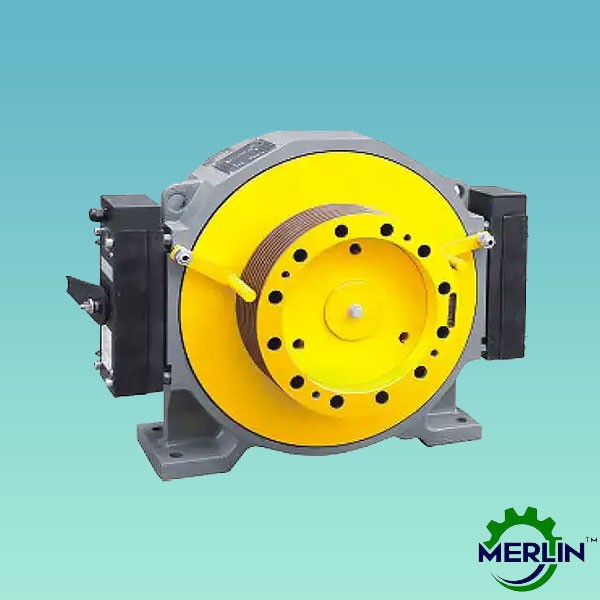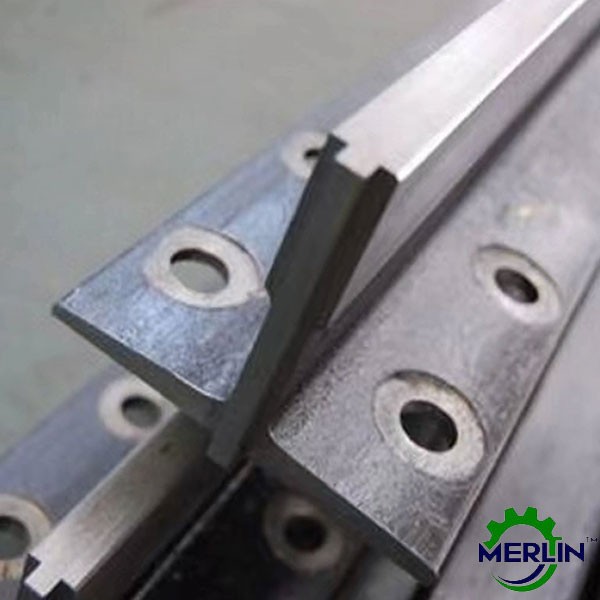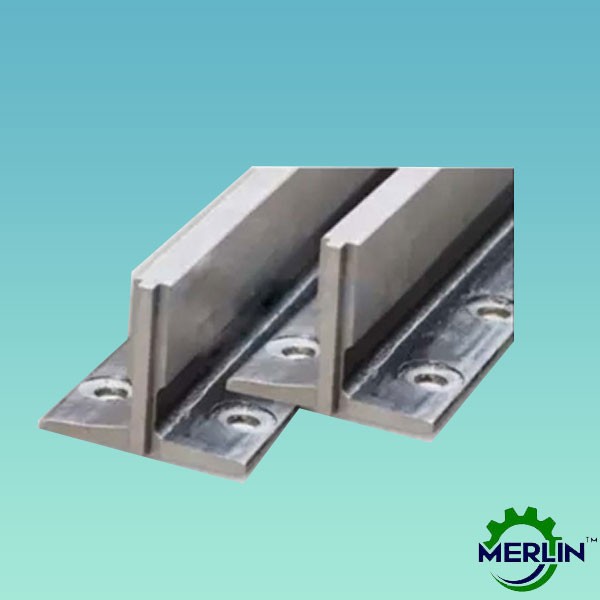



Elevator Speed Govornor:
An elevator governor serves as a
crucial speed monitoring apparatus for traction elevators, activating a safety
mechanism mounted on the car frame when the elevator surpasses recommended
speeds in either direction. Positioned in the machine room or overhead,
depending on elevator design, it comprises several key components:
- Governor Rope
- Governor Sheave
- Safety Trip Mechanism
In the event of an elevator exceeding its designated speed, due to mechanical faults or partial severance of suspension ropes, the governor also functions as a stopping mechanism. The governor sheave accelerates until reaching a preset speed limit, triggering a speed-sensing device. Subsequently, the governor's rope-gripping jaw seizes the governor rope. As the elevator continues its descent, the stationary governor rope moves the fixed car safety operating lever, engaging the safety jaws. These jaws grasp the main guide rails, gradually halting the elevator cab within approximately 6.5 inches.
Moreover, upon the overspeed switch
being tripped, the elevator governor activates additional safety devices within
the cab by interrupting power to the drive and engaging the brakes as
necessary.
In the case of an overspeed
condition, the governor promptly detects it and sends an electrical signal to
halt power to the machine, arresting the ascent of the elevator. However, in
the event of traction loss, the counterweight would safely descend onto buffers,
bringing the upward-traveling elevator to a stop.




